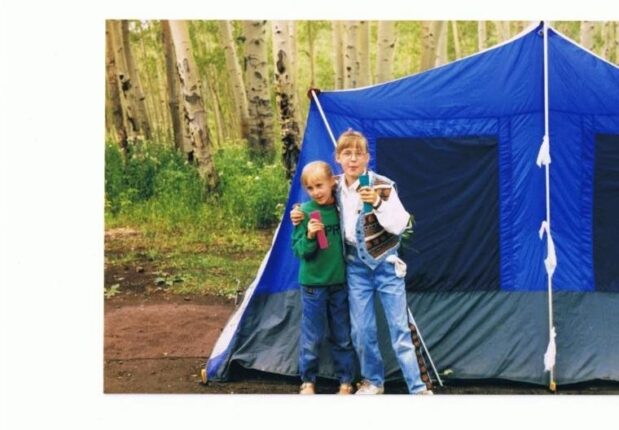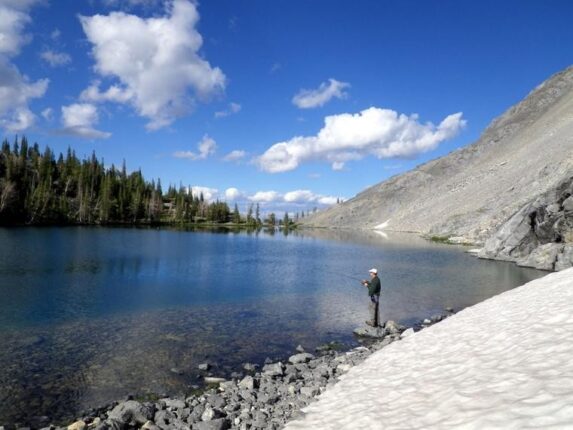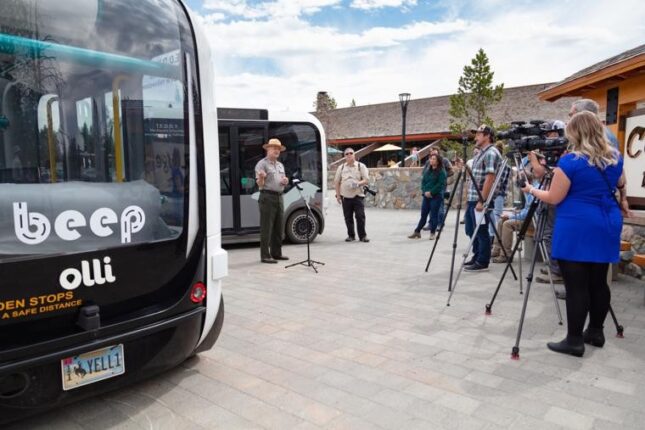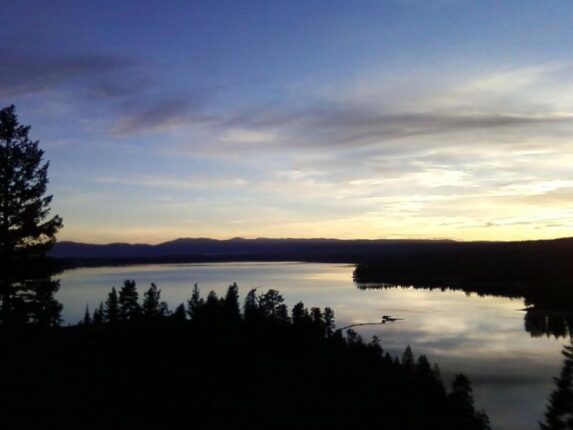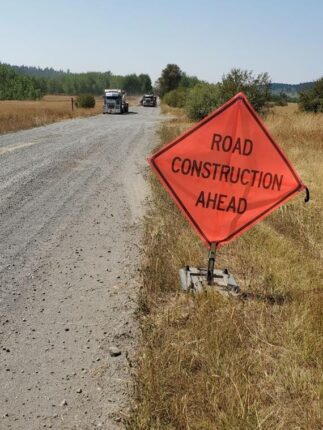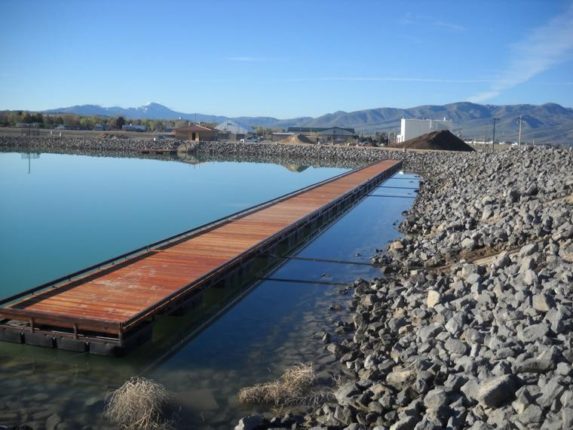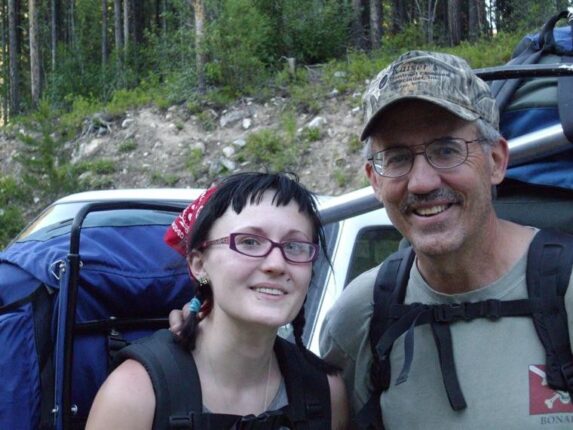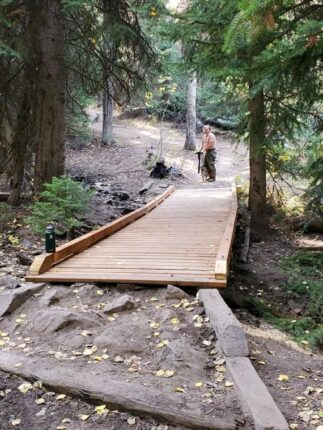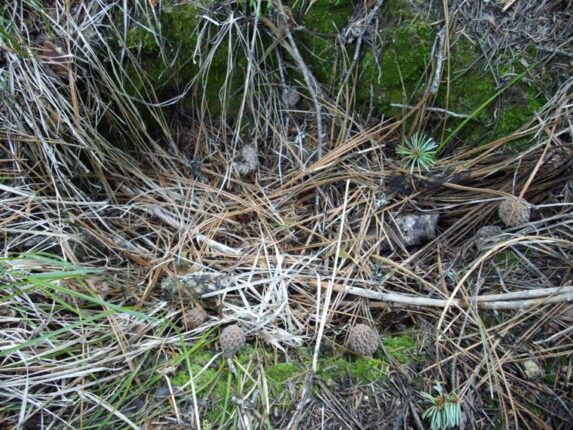Today I want to talk about using the outdoors as your family recreational fun. Everyone is on a budget, granted some people may have a bigger budget than you but still, everyone has a budget. So with that said, why save all year and go on a trip to Mexico or Hawaii? Why not hit the outdoors right here in little ol’ Idaho or at least some of our neighboring states?
It’s for sure a lot cheaper than buying plane tickets, motels, eating out three times per day and paying exorbitant prices for entertainment in some glitzy big city. Think of some of the options:
1. Family camping trip.
2. Family fishing trip.
3. Visit some cool spots like Craters of the Moon, Yellowstone or hit the coast.
4. Hit some of the dude ranches. In two weeks Katy and I are going to visit The Silvies Ranch over in Seneca, Oregon. At most dude ranches you can ride horses, fish, hike or just use for a base camp.
5. Float/raft some of our rivers.
6. Camp and go on four-wheeling trips. If you can’t afford four-wheelers for the whole family you can rent some which may be cheaper if you only use them 1-2 times per year.
If you are the dad and mom of a growing family I understand, money is tight but when the kids are small is when you want to be making memories. Here’s some ways to get by on a shoestring budget.
I remember once me and the girls headed over to the coast. We’d camp out one night and then the next we’d get a motel so everyone could clean up. We went down the coast camping on the beach and the next night staying in some little motel. One night we camped in the Redwoods in a cool campground. Your three biggest expenses will be food, gas and lodging. Cooking over a campfire drops the food bill and camping is free.
Another time we did the same when we hit Yellowstone. We had a great time. We camped out while driving over and during our stay. Same on a trip to the Black Hills when we hit Mount Rushmore. Katy’s family went there every summer when she was a kid so she already knew all of the hot spots. Bear Country USA, the Reptile Gardens, of course Mount Rushmore has some natural hot springs with a huge swimming pool and we camped at the Flintstones Bedrock City.
If you don’t know the area, Google it to discover the local attractions that your family would be interested in. If you visit a unique spot splurge a night or two and eat some of the local food. Especially if you go fishing in South Louisiana. You have to try the Cajun food.
Then of course you may want to eventually buy a boat so the family can fish and ski. I’d advise not to buy a bass boat. They’re only comfortable for two people. Get a V bottomed 17-18 foot boat that can comfortably hold the whole family.So, as we start to wrap up, I’d encourage you to make this summer special. There’s something special about being in the outdoors with people that you love. We live in Idaho. People all over America would die to be able to partake in what we have right here at our fingertips.
I understand if you’ve got a young family and are trying to hustle and make a living. I get up at 5 a.m. and usually work until 9 p.m. But life is short. Sure, as a parent you have to support your family but I was recently reminded of how short life is. I just flew back late last night from burying mom.
Us kids were cleaning the house after the funeral. There were a few items that I cherished but the thing that took hours and hours to go through were her boxes of pictures. If I died right now and you went through my earthly possessions unfortunately you’d say hmm, looks like he was pretty self-centered. All of his pictures were hunting and fishing pics.
Mom’s pics? Scads of pics of her kids and grandkids. I already knew by the way that she lived her life but after sorting through her belongings it was crystal clear what was important to mom. God and her family. As I thought over my childhood, I literally couldn’t think of one selfish thing that mom ever did. She went all out for us kids. I need to reprioritize.
Tom Claycomb lives in Idaho and has outdoors columns in newspapers in Alaska, Idaho, Utah, Nevada, Colorado and Louisiana. He also writes for various outdoors magazines and teaches outdoors seminars at stores like Cabela’s, Sportsman’s Warehouse and Bass Pro Shop.He can be reached via email at smileya7@aol.com.
